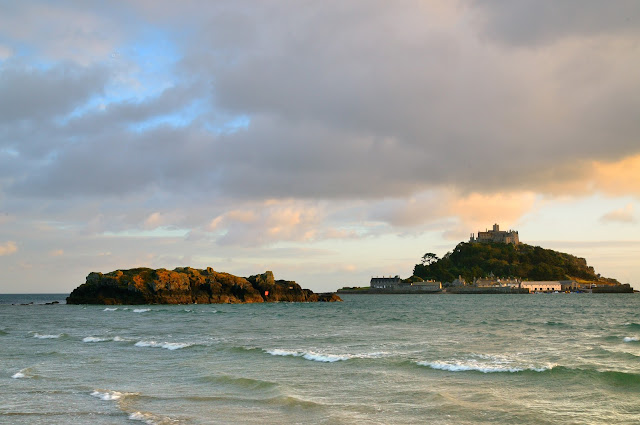A day in Cambridge

A day trip to Cambridge (not sure of the reason!) but wish I had taken more photos - I would now, perhaps a revisit? The Buffalo Skinners - Early days, busking in Cambridge. I believe they are still going and are based in Sheffield. Shows how organised I was - here are some college buildings but I did not even log which ones! However, some research says this is Trinity College. Says Cambridge - Punting on the river. In the garden of Clare College Another college - but which one? Busker in a bin - unique I would say, and he drew a good crowd More of the Buffalo Skiners Home



